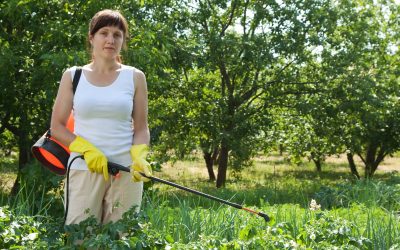One of the most iconic trees in Florida is the beautiful palm tree. Not only are these amazing trees, but they are also ideal for shade and for adding that distinctive look to any landscaping design.
Unfortunately, palm trees are not just a favorite of people in the state; they are also a favorite food source for termites. Having a termite treatment for palm trees should be an important consideration when you are enforcing more pest control in and around your home.
In addition to having termite treatment for palm trees, the subterranean (Formosan) termites will also attack pecans, cherry laurel, oaks, citrus trees, Chinese elm, and maples.
What to Look For
As the subterranean termites move through the soil, they can be very difficult to see, resulting in the damage going unnoticed until it’s too late and the tree already begins to die. These insects burrow through tunnels in the soil and into the roots, then go up the roots and into the main trunk of the tree.
It is possible to see small dirt tunnels that extend up the exterior of the bark too. These tunnels can also be found on houses, other structures and trees around the property. They start at the soil level and go up the trunk. The termites will then chew through the bark and go into the trunk of the tree.
The Damage
Having a safe and effective plan for termite treatment for palm trees before the termites enter the tree is important. They will eat the woody center of the trunk from the roots up to a significant amount of the tree. This hollow area is then used for nesting. It will be filled with chewed up wood, fecal matter and small particles of soil.
Once a palm tree is hollowed out, it becomes a danger as it can easily be weakened and topple over on a home or vehicle during a storm. Typically, if the termite damage is severe, the only option is to cut the palm tree down. Having a preventative treatment plan in place for termites can be very beneficial, as it can save you money and prevent an even bigger problem.



